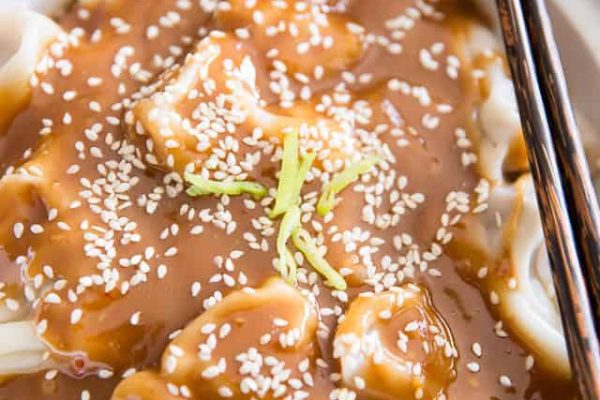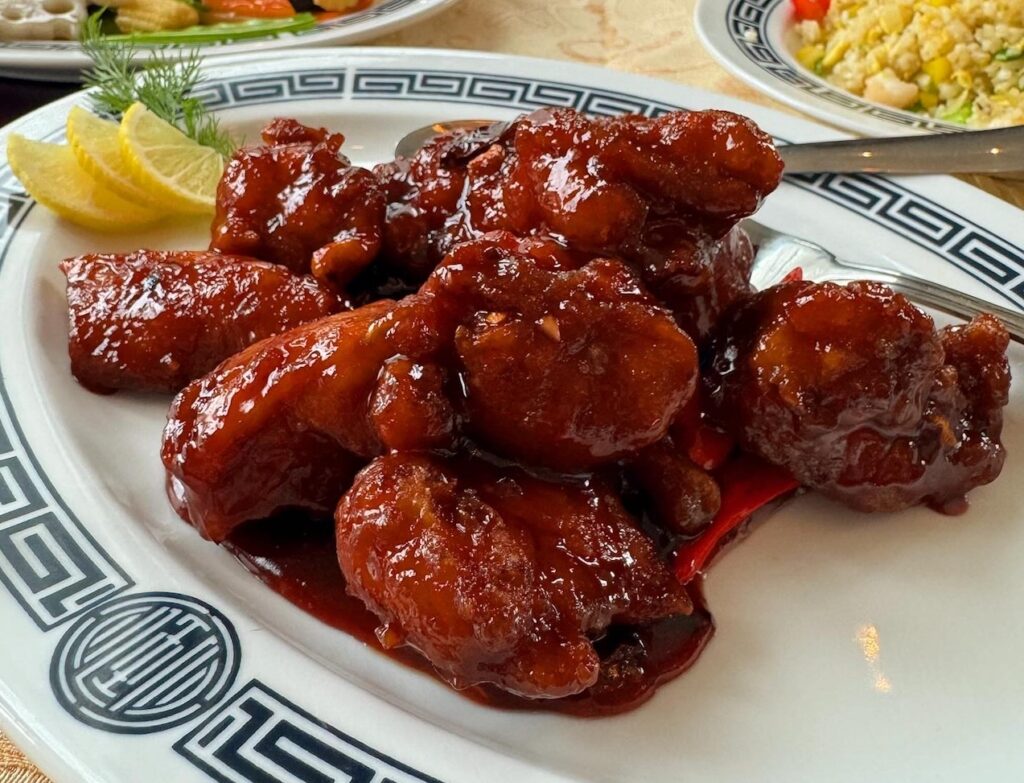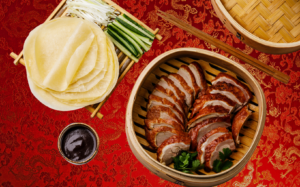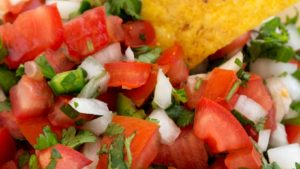新年快乐!
(Xīn Nián Kuài Lè! Happy New Year!)
The Water Rabbit has left the building.
We hope it was good to you in every which way, but this is no time to live in the past, people – a new boss is in office. Thus, in the name of celestial succession, The Hungry Herald would now like to bid a warm and eager welcome to the mighty Wood Dragon, wishing one and all a 2024 bursting at the scales with such dragonly signatures as good fortune, prosperity, strength and power – in other words, get ready for a whole lotta 太好了!(Tài hǎo le = 👍👍!). The wood element brings with it a creative, innovative and nurturing energy, combining beautifully with the dragon’s natural courage and ambition, making this year a perfect time to embark on some serious inner and outer growth journeying. So ready your arts and ready your spirits, this is bound to get interesting.

To celebrate the only cloud-breathing mystical creature in the Chinese zodiac in the proper regal style it deserves, we can think of few better offerings than to turn your attention to that most festive, elaborate, sumptuous creation, once a dish reserved for emperors, now available without a 24-hour notice: the altogether magical Peking duck. To kick things off, we would like to now rewind a couple of dragons (that’s 24 years by lunar calendar metrics) and take you all the way back to the sunset of the last century. The year of The Matrix, 1999.

Y2K, Szechuan Style
Some strange days they were. Michael Jordan decided to retire for the second time, kids were robbing each other for Pokémon cards, the Quebec ice storm was still echo-cracking away in our collective mind, and the talk of the town the world over was a new monster of a digital kind lurking right around the corner. Something about a seemingly ridiculous computer formatting oversight that was eventually going to have people eyeing their living room ceilings on New Year’s Eve 2000, worried a jumbo jet might come crashing on through. This all made it a little harder to party like it was 1999, just as Prince had intended, but we did what we could.
Y2K was super underwhelming it turns out; living room ceilings remained perfectly intact, while Windows 98 and Internet Explorer 5 continued operating and browsing relatively unscathed and unbugged. The whole thing kind of ended up being an abstract, lukewarm relief, but I really couldn’t be bothered by the zeroes and ones of it all anyway. I was too busy shovelling General Tao. Lots of General Tao.
Ok, things were actually a little more glamorous than that. Waiting tables and banquets at Montreal’s premier Szechuan restaurant at the time, I was dishing out deliciousness to be-jewelled and be-cufflinked local nobility and a globe-jetting set of who’s whos just passing through town, out and about and hungry for Hunan. Dumplings that is, and the best ones anywhere, bar none. The peanut sauce alone bordered on controlled-substance classification, and the dumplings were snuggly pouches of pork-filled joy. Don’t get me started.
Strange Writings & Good Bad Words
The lone non-Asian waiter on staff and affectionately referred to as “guai lo”, or “ghost person” — not as offensive as it may sound but it can be, depending on who might be speaking and how they feel about you — I graduated to waiterdom from busboy through the rite of passage of having to learn to write the menu in Chinese. To be fair, they gave me an alternate, dumbed-down version of approximated characters to memorize, but still, when you’re “in the juice” and frantically scribbling what someone has told you means moo shu pork but not really, you might get the sweats. Seriously, I technically had no idea what I was sending to the kitchen; for all I knew, I was ordering moussaka with a side of onion rings and a bowl of Cheerios. Nevertheless, I always got what I asked for.

Seeing the intentness with which I wrote orders down, every now and then a client would jokingly ask if I was writing in Chinese. After the yes, they would invariably want to see my pad. Always a fun moment, and I would then often get asked what part of China I was from. “The North,” was my go-to reply. Got a table-wide laugh almost every time.
I was quickly adopted into the fold by my colleagues, in no small part thanks to my already being armed with a grenade box of the foulest Cantonese words and expressions out there, something I had acquired working as a dishwasher at a previous Chinese restaurant. It would seem that cursing out my colleagues in their native tongue on my first few shifts did untold and immediate wonders for my workplace relationships. I colourfully insulted them and their families, they responded in kind, and bonds were somehow forged. Who knew that all you needed to open hearts and minds was just a little bit of “diu lei!” and a dash of “pok kai!” (I cordially invite you to look these up). Seriously though, nothing but respect for those guys, my mentors forever.
The Red Pepper
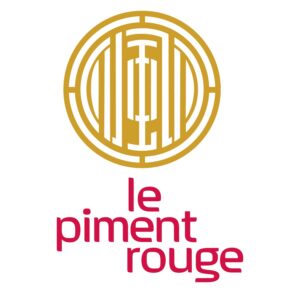
Le Piment Rouge. What a place. Mrs. Mah, the legendary, award-winning restaurateur behind it all, had painstakingly created an experience that was as delectable as it was transportive over a twenty-year period, to countless accolades. It was like being whisked away to a sorta Ming dynasty for an evening, but with modern fixtures, valet parking, Amex Black Cards and maybe Paul Newman at the other end of the dining room. The ornate vases and exotic fresh flowers, the chandeliers, the occasional live erhu music, the twenty-foot-high glass wine cellar like a twinkling, crystal monolith in our midst, the sesame beef. That’s right, more crack.
The Szechuan shrimp was all sizzlingly sinful and dressed up in red, the ma-po was ma-perfect, and the Peking-style spare ribs rightfully ribdiculous (one celebrity client – let’s call him Forest Whitaker – would happily confirm that last one if I had his number). The crispy spinach – at that time something of a novelty – was like sugary fried money and a guaranteed smile-inducer, while anything involving a noodle wound its way right around your heart. And the aforementioned General Tao was some of the best I’ve ever had, always served with a stern warning from the waiters to watch out for those roasted (be careful!) chile peppers.
They did indeed pack a punch, but that was nothing compared to being in the kitchen when a lone cook would dry-roast them in a wok between services, usually with a cigarette hanging at the edge of his lips. Fume-wise, to be anywhere near this event was akin to spraying Easy-Off right down your throat, but the cook in question was always, amazingly, totally unfazed. And yes, I said cigarette. Again, this was 1999, and not only were the chefs smoking like it was indeed going out of style, but one of our now-unbelievable service tasks in those days was changing ashtrays in that fantastical little place we once called the smoking section. The very stuff of smooth, full-flavoured, filtered legend.
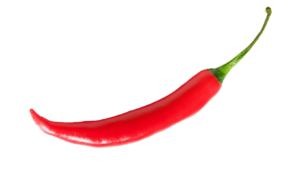
Ok, back to the food. Everything that came out of that kitchen was on point, wok-tossed into being by a squadron of the city’s finest, every one of them a machine, some not so lean. Although the banquets often featured dishes like crispy suckling pig, sea cucumber and shark fin soup – I know, I know – the menu was admittedly catered to a non-Chinese audience for the most part (did I mention the General Tao?) The meals we enjoyed behind the scenes, however, were as authentic as can be. A bowl of barbecued duck hearts at the kitchen pass was a regular snack while working, and the staff meals were often delectable forays into the unsung backstreets of Cantonese cuisine. Some tasty shifts I had.
Tableside Hand-Eye
Our service was delicate, deft, discreet and attentive. Except for that time my colleague spilled a tray of 11 bottles of Tsingtao beer onto a single Japanese ambassador before a dozen of his shocked colleagues at lunchtime. We comped his meal and footed his dry cleaning bill of course, but such soaking shame in a suit I have never seen since.
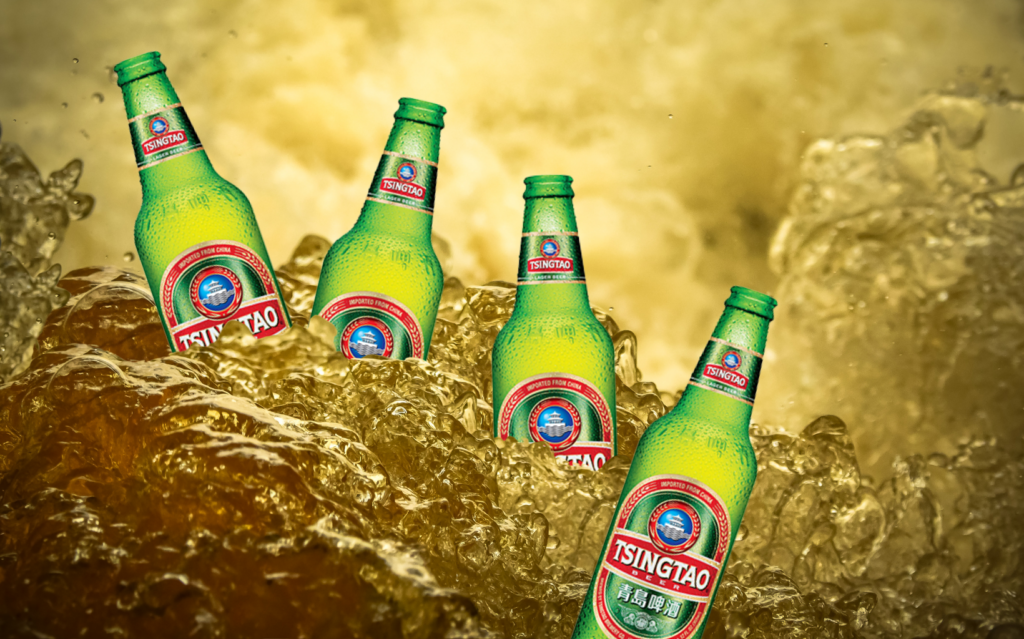
The way things normally went was far more suave. Unlike at your average Chinese restaurant, rather than putting the dishes in the middle of the table and letting lazy Susan do her thing, we served each and every client around the table individually, carefully depositing their desired portion into their plate, using a fork and spoon as tongs. Noodles were pretty tricky, but the dish that really showcased our CAA 4-Diamond-caliber hand-eye coordination was none other than our crazy delicious, glazed bird-in-a-blanket of the hour, Peking duck.
Using two spoons in one hand and one in the other, we would spread a dollop of homemade sweet bean sauce on each fluffy crepe fresh from its bamboo steamer, follow that up with tender, perfectly sliced duck and its lovingly lacquered skin, add in some julienne of cucumber and scallions, and then roll those suckers up as our clients looked on. It was a brief tableside performance that always had me feeling a little proud while drooling on the inside; although in the spirit of full disclosure, I actually prefer the store-bought Hoisin sauce to the homemade stuff. Please don’t tell Mrs. Mah.
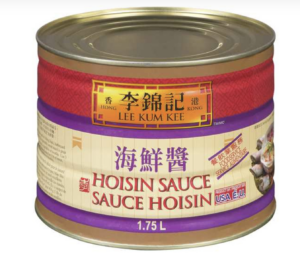
WTD?!
I had been a huge fan of Peking duck since it first knocked me on my ass when I was a kid, and to be so close to it on a regular basis, whether rolling it up at dinner time or seeing it hanging in the kitchen after hours, behind the scenes and in all of its glazed glory, was a treat that really took me back. That first time I had it was both a dreamlike and pivotal experience, and I would every now and then reminisce on it while going about my work.
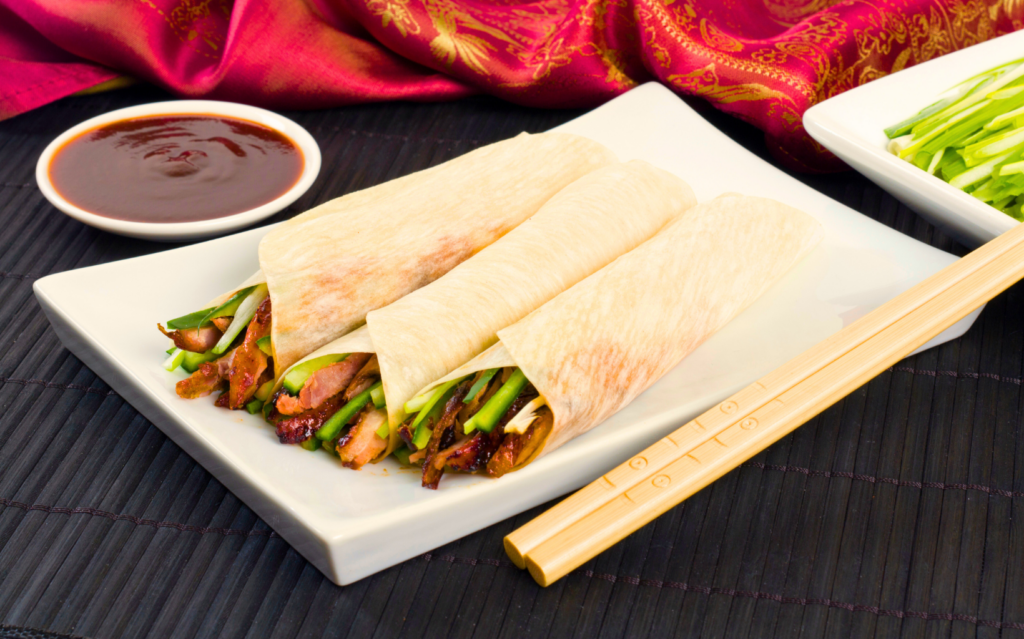
About a decade earlier, on a visit with family in Toronto and on our way out for Chinese food, much ado was being made about this very special dish we were to enjoy, one that had to be ordered 24 hours in advance for some arcane reason. The only thing I was more fascinated by than the prep time was the fact that a single duck was responsible for what turned out to be three magnificent courses. We had the Peking duck works that evening: the duck bone soup with cabbage and soft tofu, the stir fry with mixed vegetables, and, of course, the pièce de résistance, the crepes. Let’s just say that a little mind was blown to Peking smithereens that night. These were some of the very best things that had ever passed over my teeth, and as my palate was going super-sonic, I wondered how and why I was only now being made aware of the existence of this dish. What the D&#K?! How long had this been going on, exactly?
800 years it turns out, give or take.
A Slow Roast Through Time
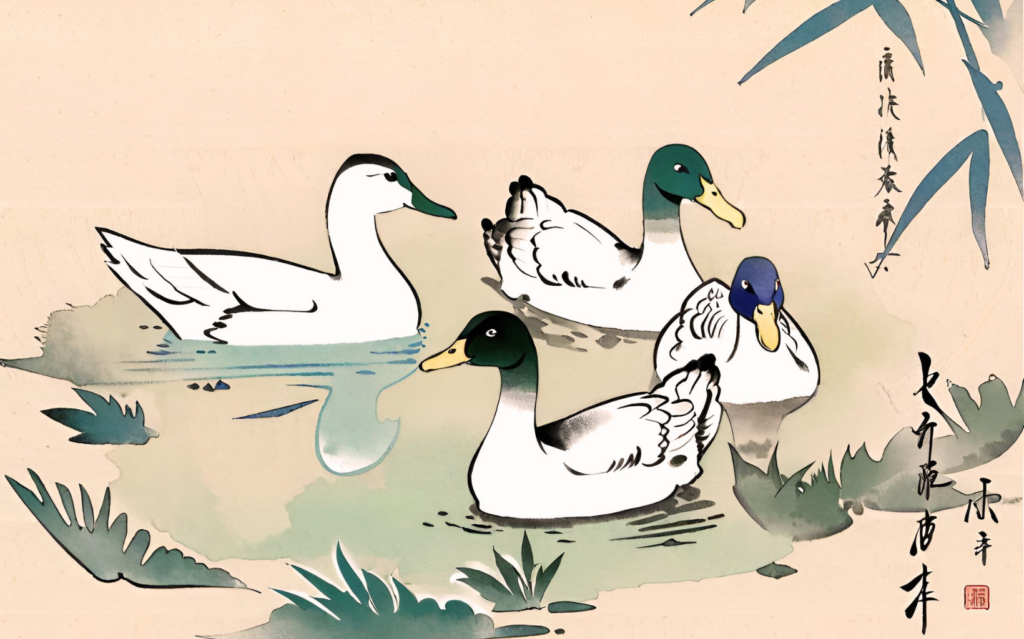
Let’s now jump back a whole bag of dragons, straight on down to the 13th century. First of all, let it be known that “Peking duck” is something of a misnomer. Although roast duck has been around since at least the 400s in China, the first mention of this particular dish appeared in a 1275 depiction of daily life in Hangzhou, a town close to Shanghai. Originally a type of street food sold door-to-door, the dish eventually became a specialty in nearby Nanjing, the first capital of the Ming dynasty (1368-1644). When the capital moved from Nanjing to Peking (Beijing) in the early 1400s, the ducks came along too, so to speak, getting themselves upgraded over the years to better suit the recipe. It was in Ming dynasty imperial kitchens that Peking duck took the elaborate form that we know and love today, and court chefs would eventually breed a special, white-feathered variety of duck that was perfect for the dish, prized for its crispy-conducive thin skin as well as its tenderific flesh.
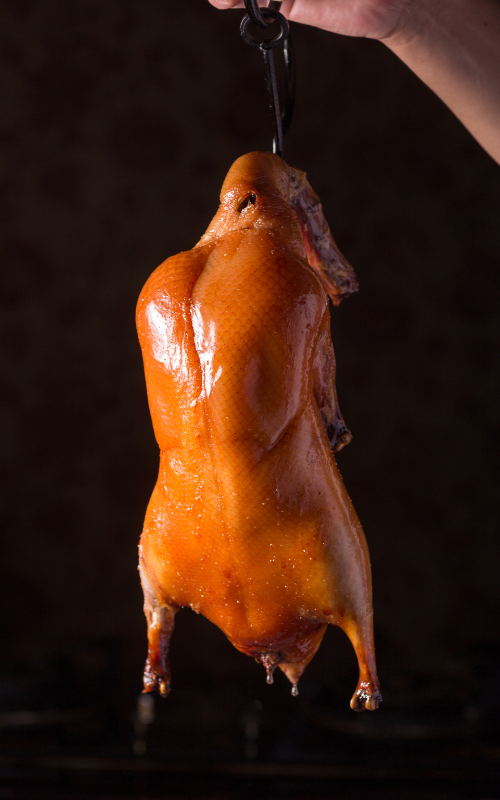
Preparing Peking duck for roasting in the classic way is a painstaking process, hence the famous 24-hour advance notice. Once the plump duck is plucked, cleaned out and rinsed with water, air is pumped under the skin in order to separate it from the fat. It is then blanched with boiling water and then hung up to dry, which tightens the skin and encourages eventual crispiness. While hanging, it gets lacquered with maltose syrup to bring on that beautiful mahogany colour and then rinsed again inside with boiling water or broth. Next, a second layer of glaze is applied, combined with a five-spice-based marinade, and the duck is left to itself for 24 hours in a cool, dry place. From what I’ve seen, this can mean hanging in a specially designated ventilated room as much as it can mean dangling from a ceiling pipe by a coat hanger. Whatever works, I suppose. One full day and a few games of pai gow later (think Chinese dominoes), and we’re ready to roast.
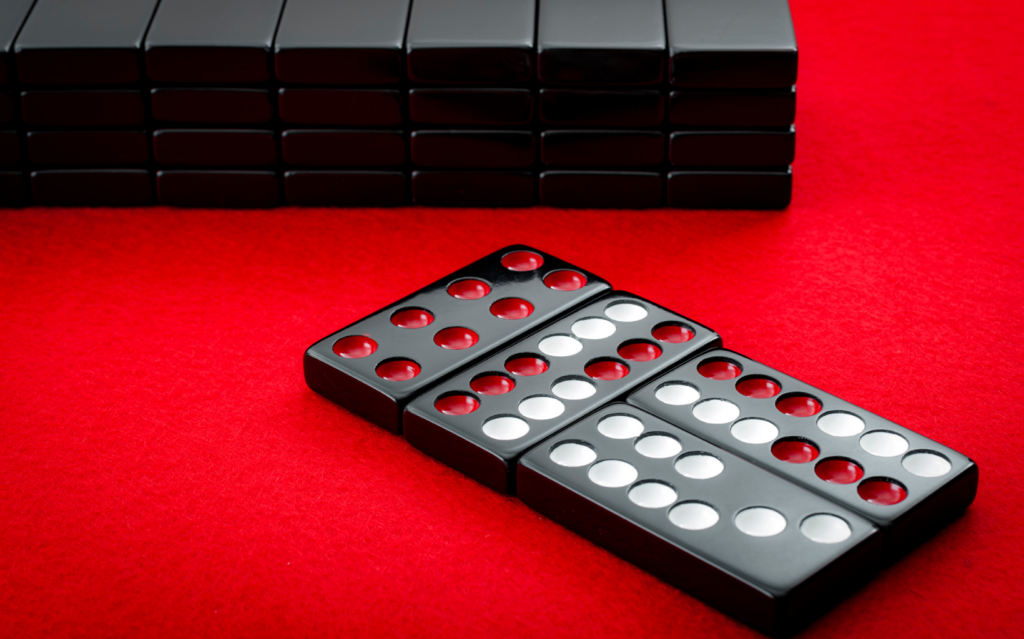
Back in Nanjing, the duck was cooked in a men lu, a square, closed brick oven in which chefs would light a fire in the middle with sorghum straw and let it burn down to smouldering embers, roasting large batches by convection, the meat and fat combining for some very juicy and very tender final results. Later, during the Qing dynasty (1644-1911/12), a new oven hit the scene in Beijing: the gua lu, or “hanging oven”. This technique, developed for the Peking duck-happy Qing imperial family by chefs in the Forbidden City, allowed for ducks to be cooked carefully, precisely and to order as they hung openly on hooks in the intense heat of a fruitwood fire, the chef adjusting each one with a pole as it roasted to perfection. This would end up becoming the premier approach to cooking Peking duck, yielding a crispy skin that has been melting knees for centuries, my knees among them.
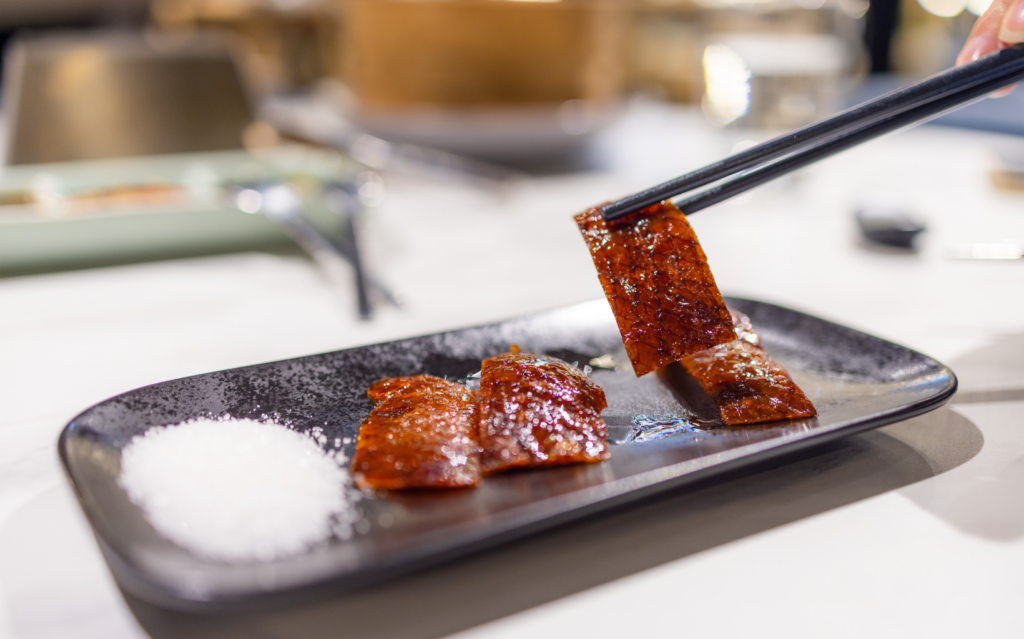
Go To The Source
Back in 2012, I had the infinitely great fortune of spending a summer semester studying in Beijing. Our classes included intensive Mandarin, Chinese cinema (syllabus mainly consisting of the Ip Man movie franchise) and a “culture” class which felt more like a not-so-secretly recorded survey of foreign outlooks on contemporary Beijing society (“How would you better our transport system?” was one of several off-putting questions we were presented with). Whether or not the ceiling camera at the back of the room moved a couple of times still remains a mystery, shrouded in a haze of cheap baijiu hangovers. Good times.
Between and after classes, my most excellent roommate and I tended to venture off campus in search of wonderful things to eat, and we were never let down. That said, our visit to Wangfujing “Snack Street” – a long alley of kiosks selling everything from tarantulas to “stinky tofu”, all to snack on as the name suggests – was admittedly a little much. The giant grubs were exactly what you think, the starfish should only be eaten under extreme duress, and the deep-fried scorpion skewers were the perfect combination of crispy, battery-acid mouthfeel and fear. We recommend the grilled snake, though.
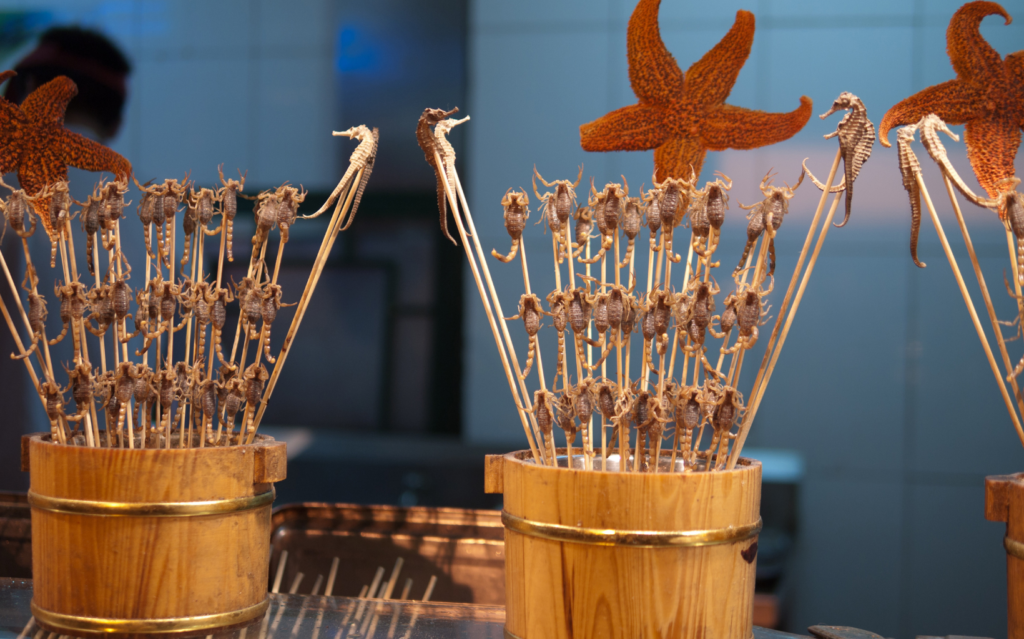
Véro came to join me in Beijing at the end of my semester and I brought her over to “Snack Street” one day. In the scorching middle of July. She’s a brave one, but with one whiff, she turned to me and asked if I was happy that I had visited with my friend back in the spring. I said yes. “Good,” she replied. We then quietly walked away.
(Editor’s note: Snack Street is a celebrated Beijing destination and definitely worth the visit. Maybe just skip it when the temperature is above 40ºC.)
Wood-fired Revelations
On one of our days off, my roommate and I decided it was high time for some of the city’s signature 北京烤鸭 (Běijīng kǎoyā – literally “Beijing roast duck”). The dish is one of the capital’s prides and joys and choices are aplenty, some legendary. World-famous duck hub Quanjude, for instance, opened its doors in 1864 and has been going strong ever since; it was one of the first establishments to bring the dish from the palace to the masses, originally staffed by a team of former court chefs. If that isn’t mileage enough, another institution, Bianyifang, traces its history back to a small tavern that opened in 1416 – as in 1416!! As remarkable as that is, fate would bring us to another place, and there would be no looking back.
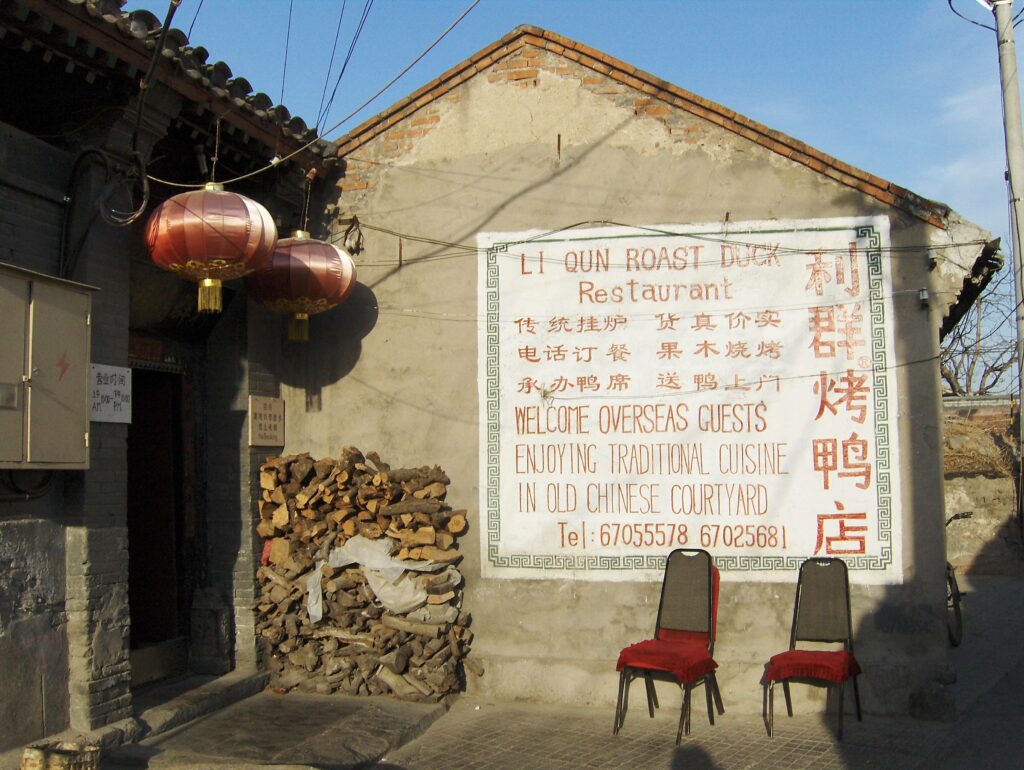
Li Qun Roast Duck Restaurant is a humble – some would say ramshackle – little spot nestled somewhere in the centuries-old hutongs, warrens of enchanting residential alleyways frozen in time, now thankfully protected emblems of the very heart of Old Beijing. One of them is over 900 years old, to give you an idea. Getting lost along the way is a guarantee, but, with the help of some duck graffiti on the alley walls to point the way, and the heavenly smell of firewood roastiness hanging in the hutong air, you’ll get there.
Upon arrival at this family-run restaurant tucked away in an old courtyard, the big pile of fruitwood logs out front lets you know you’re in the right place. Inside, the first thing to meet your eyes is an open gua lu (remember, “hanging oven”) in front of which a chef is hard at work in a small valley of logs, roasting and adjusting a row of hanging ducks with a long metal pole. This is about as low-tech as it gets, and for a moment, you could easily mistake the century you’re in.
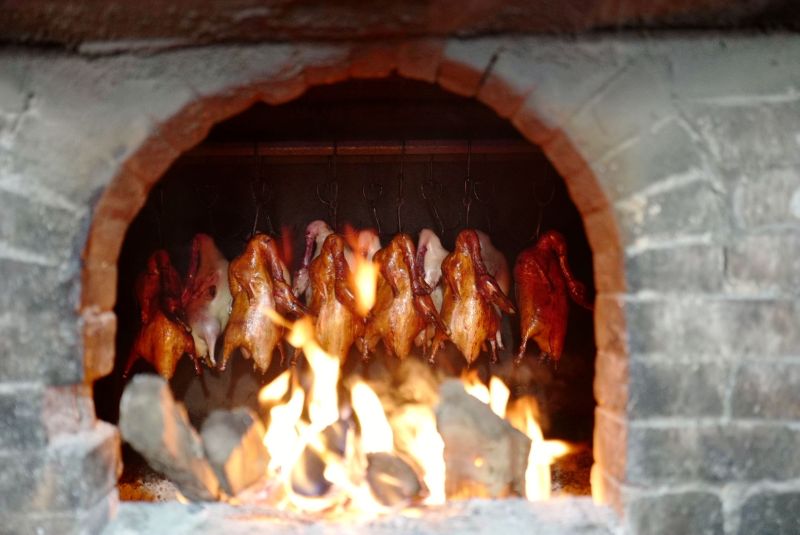
After having been greeted by the legendary and super-friendly owner, Zhang Liqun, we sat down and took in the cozy yet bustling, no-nonsense surroundings and checked out the menu. We of course knew what we were getting, but next time, I’m definitely trying the duck heart with alcoholic fire. For obvious reasons.
At Li Qun, there’s no need to order in advance as the ducks are pretty much an endless, full-time occurrence, so we just went ahead and ordered one, done with all the trimmings, house style. The soup, the crispy duck on the bone, the side dishes, I could go on and on, so let’s just cut straight to the meat. The overall tenderness as well as the perfect skin were beyond (no glaze involved – please see video down below), but the clincher was the flavour. The fruitwood – that includes apricot, jujube, pear and peach; don’t ask me in what order or measures – lent a fragrant depth to the meat that had us simply nodding in agreement the entire time. With each bite, we understood why this cooking technique has remained virtually untouched for centuries. This, dear friends, was a whole new bird. Every Peking duck I had ever had was cooked in a gas or electric oven, and I’m here to remind everyone, once again, what Postal Employee Newman told us all those years ago:
“It’s the wood that makes it good.” Especially the fruity stuff.
Peking Pato
Peking duck has followed us everywhere over the years, or rather we’ve followed it. We discovered our favourite Chinese restaurant in Montreal, Mon Nan, almost twenty years ago simply because we found out that they were serving it with no need to reserve in advance (they got lotsa birds). One of the very best Peking ducks in town, hands down, and it just so happens that the rest of the menu is off the hanging hook as well. Try their salt and pepper egg tofu – little silken discs of pure, heaven-fried flavour (and if you don’t like tofu, doesn’t matter, just shut up and order it. You’ll thank us later). Oh, and their Cantonese-style ginger lobster? You’ll thank us forever.
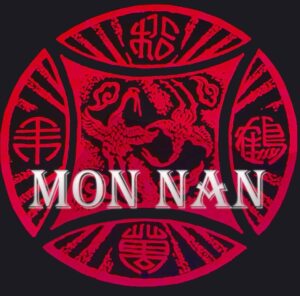
One place we did not expect Peking duck to show up was in our new home, Mazatlán, Mexico. As much as we love pretty much everything about this town, the one thing we persistently miss is quality, authentic Chinese food. Virtually non-existent. There are, however, some unexpected little sparks here and there. Nao Kitchen Bar is just such a spark. In this sleek, charming little eatery in the city’s enchanting old quarter, award-winning Mazatleca chef Andrea Lizárraga fuses pan-Asian cuisine with a Sinaloan spirit for outright brilliant results. We’ll be looking more closely at this amazing chef and the magic she makes in the near future, but for now, there’s just one thing we have to say. Peking duck tacos.
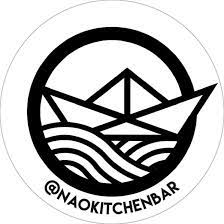
Our search for these actually goes way back. There’s a taquería that set up shop in Montreal’s Chinatown years ago, La Capital Tacos, the first non-Asian restaurant in the neighbourhood that we know of. On one of our visits, while sipping on mezcal with a side of fried crickets and orange slices, appreciating the little nods here and there to the location like the old-school Chinatown plateware, I realized there was something missing. Wouldn’t it be amazing if they offered a Peking duck taco as the ultimate nod to the history of their digs? Their tacos are great and they have the luxury of proper roast duck suppliers all around them; seemed so perfect that I couldn’t believe it wasn’t on the menu. Still isn’t. Probably should have said something back then, but La Capital, if you’re listening, DO IT! Chef Lizárraga has, and it’s exactly what I imagined: perfectly executed Peking duck in a tortilla. Dios mío, say no more. Wait till we tell you about the rest of that menu. Some other time, though.
And They Call It Ducky Love
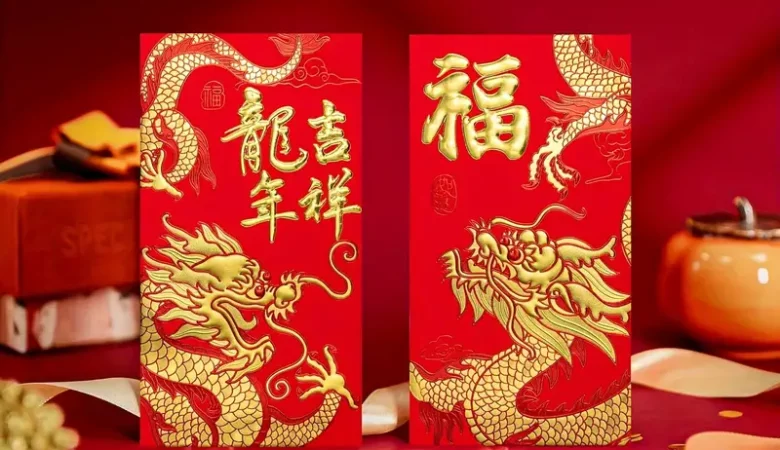
Nothing brings people together quite like Peking duck. A ridiculous meal to eat alone, it is an event that needs to be shared, defying partakers to somehow not enjoy. The proceedings, the undeniable deliciousness, the tableround mirth it always brings; when it comes to festive foods, this dish is a proper slam dunk. Seriously, I’ve never heard of anyone trying the stuff and not loving it. From friends and family to Nixon to Castro to Kublai Khan, it’s one giant YES. Some things just have that kind of sweeping appeal. Sort of like dining on Bob Marley’s discography rolled up with Hoisin sauce. If you haven’t noticed, I remain smitten.
Before we go, I have to say that those tacos got me thinking. P-duck potential seems to me woefully untapped. There are some moves being made out there, some less ducky than others (KFC recently teamed up with Australian electronic music duo Peking Duk to create the Peking Cluk burger, with chicken instead…), but when it comes to finding places to hide this heavenliness, I say we can do a heck of a lot better. I’m not just talking Peking duck dogs (PDDs), but what about souvlaki, shawarma, calzones, samosas, pierogies, knishes, Finnish karjalanpiirakka, some kind of Wellington? I don’t know about you, but I’m ready for a whole new season of exciting adventures. With extra sauce.
Tune in next time for more Peking Duck Tales…
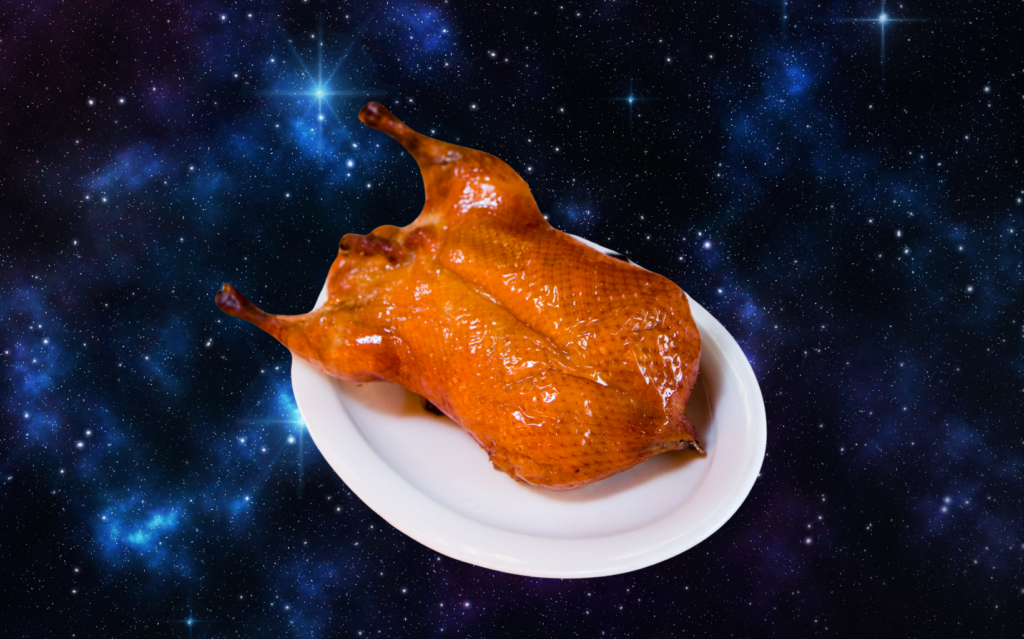

恭喜发财! (Gōng Xǐ Fā Cái! – May you have a prosperous New Year!) Thank you so much for reading, and may the Wood Dragon breathe great cumulonimbus clouds of good fortune for you and yours, the whole year through!
再见!(Zài Jiàn!) See you soon!
Bonus Bite: As a sort of mouthwatering little audio/visual loot bag, we’d like to leave you with this video below about Li Qun Roast Duck Restaurant and the story behind it. Please enjoy.


